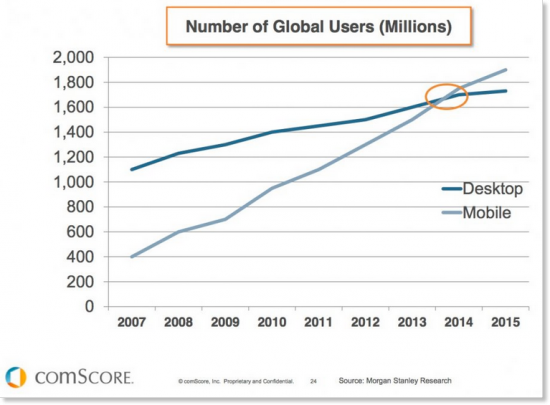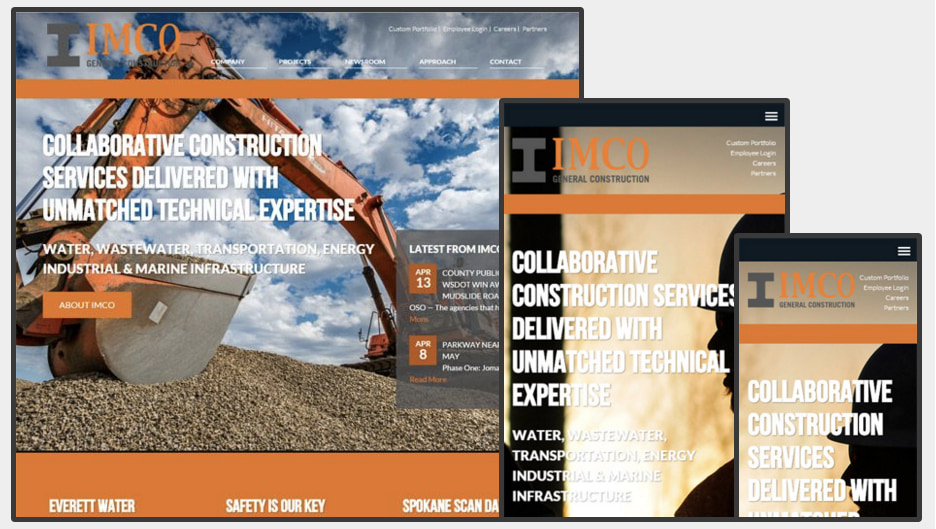4 Factors to a Successful Website Project

In developing a website project, you certainly don’t want to ignore the very basics to maximizing success. Let’s narrow these basics down. Here are four factors that go into making a successful website:
Appearance / Design / Look & Feel
Your website must be visually appealing, polished, and professional since it might be the first and only impression a potential customer receives of your company. The visual appeal of your site creates an immediate affect on a user when he/she loads your landing page—you’ll want to be sure that this effect positively holds the user’s attention. This requires a strategic approach and a creative outlook.
You want to keep your site’s design clean and easy to navigate. If a user has a challenging time finding the page or info they are looking for, it can severely damage his/her experience with your company. Implementing pleasing aesthetics for easy navigation can entail using light bright colors and making sure that the text is easy to read.
Images make a huge contribution to your website’s quality appearance. Use quality photography and make sure that images are organized into the right locations on the right webpages.
The site must look good on all different devices including a phone, tablet and large screen desktop. With mobile online user presence and mobile internet browsing on the rise (see image below), it is becoming more and more important for websites to be optimized for users’ mobile interfaces. This can be accomplished with responsive web design. Your site should also look good across different popular web browsers such as Chrome, Firefox, IE, and Safari.

Content
Your site will need to have thoughtful and relevant copy that is well organized. Remember that content is king. This is the major component to creating a website that is high quality, is marketable to your target audience, and is successful in accomplishing its purpose.
The website needs to speak to visitors to inform them about what exactly you do, who you are, and why they should hire you, work with you, work for you, purchase from you, sell to you, or whatever desired action it may be. Based off of his/her immediate experience on your site’s landing page, the user shouldn’t encounter any difficulty about finding out what it is that your company/brand does for them.
Also keep in mind that search engines such as Google read your copy and rank you based on words that appear in what is written on your site. This is why it so very important to write to your targeted audience and write well. People enjoy reading content that is engaging, concise, unique, easy-to-digest, and free of error. Use your webpages written content to work cohesively with your site’s images, videos, plug-ins, internal links, and everything that contributes to the consumer experience–build value via content where best possible.
Usability / User Experience
How is your content structured? Can a visitor easily find the information that they are looking for? What changes, big and small, can you make to your site to improve the site’s ease of use? The answers to each of these would directly affect the page layout.
You want to build a target user/buyer’s persona and tailor your site’s structure and organization to that user profile.
What do you want your site visitor to do when they are on your site? For example, do you want them to call you, email you, fill out a form, sign up for a newsletter, or buy something? This is called a call-to-action.
Ask questions about your call-to-action. Is the button/form/link noticeable and clearly communicated? What makes visitors feel like taking their time to click it/fill it out? How are they convinced by your website to act upon your offer? Setting up a method of measuring conversions (how many clicks, how many leads, how many successful customer conversions, etc.) is important for recording your call-to-action’s effectiveness and indicating what further actions may be necessary to improve upon it.
The menu has to be consistent. Depending on your type of business, the customary “About Us” page, “Services” page, “Blog” page, and others should be presented in an organized fashion that is easy to spot. These menu items should remain consistent on every page of your site. Users enjoy navigating a website that has consistency, as it appears more recognizable, professional, and dependable.
The site’s pages should also load quickly. Make sure your webpages, especially your landing page, aren’t overcrowded with too much blocks of lengthy text, overly large images/videos, or slow-loading plug-ins. In addition to users not wanting to sit and wait for a slow-loading website, Google also ranks sites based on this speed factor.
► Website not looking or working right?
► Tell us about it.
Again, you want your website to display correctly on both desktop, tablet, and mobile and for your call-to-action to be tailored to each interface type. For example, you may want your landing page’s “call now” button to have a more prominent display on a mobile interface. In addition to providing convenient utility, you'll want to be innovative with developing and optimizing your site's user experience!

Search Engine Optimization (SEO)
There are countless rules and guidelines for effective SEO, and they are changing all of the time. However, there are a few things you can do that will help your page rank that will likely never change.
- Make sure your page’s written content contains the words that your customers are using to find your company. Be very specific and make the content original and valuable to your visitors.
- Keep your content fresh, and keep your site updated. Subjects/topics/events that make the news or are trending online can create valuable search terms—account for these in your content creation if your website’s business relates to them.
- Keep your code clean and make sure that your site is W3C compliant.
- Make sure there are no dead links on your site or broken images/videos.
- Optimize your images and code to make them load as fast as possible. For mobile optimization, load smaller images to decrease bandwidth usage.
For a more in-depth look at SEO, check out our SEO 101: On-site vs. Off-site blog post and 5 On-site SEO Tips You Don’t Want to Forget.
At Dorey Design Group, we can help you with any or all of these items!
As for how we develop themes, we can either start with a base theme such as OMEGA or PANOLOPY and then build on that. We have also built themes from a bootstrap framework and we have done some from scratch.
The way we would approach theming the site would depend on the design. Contact us today so we can start taking the beginning steps to creating a website that is personalized for you, your brand, or your company -- and is optimized for success!
